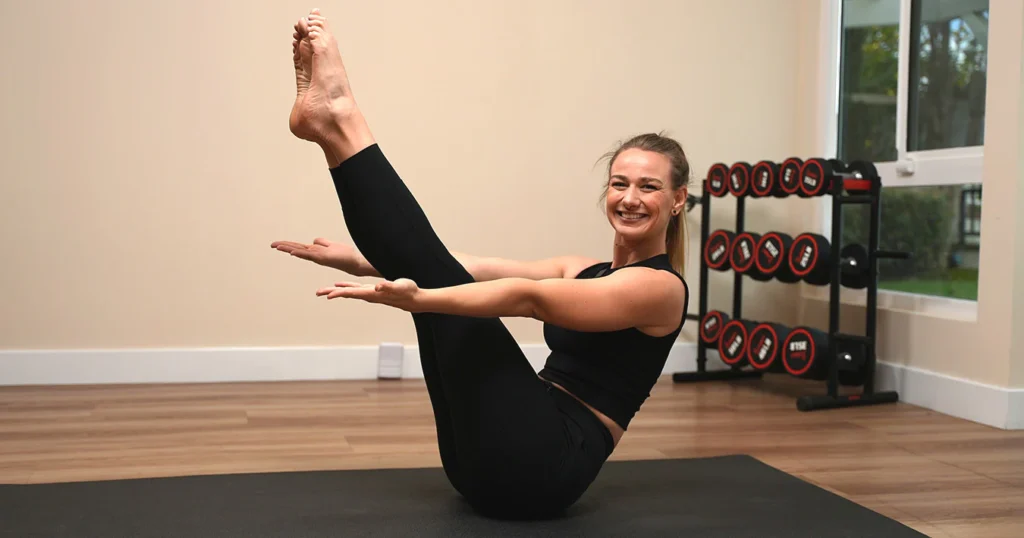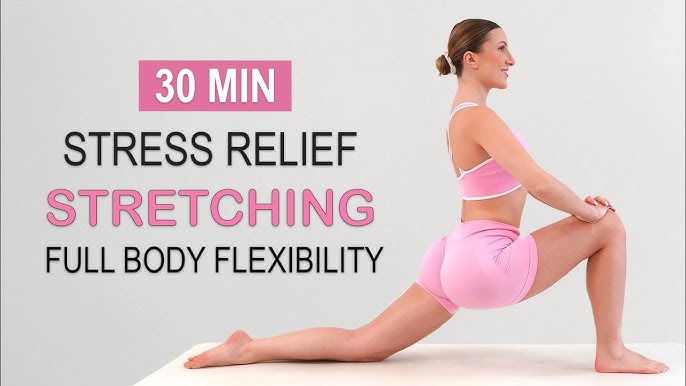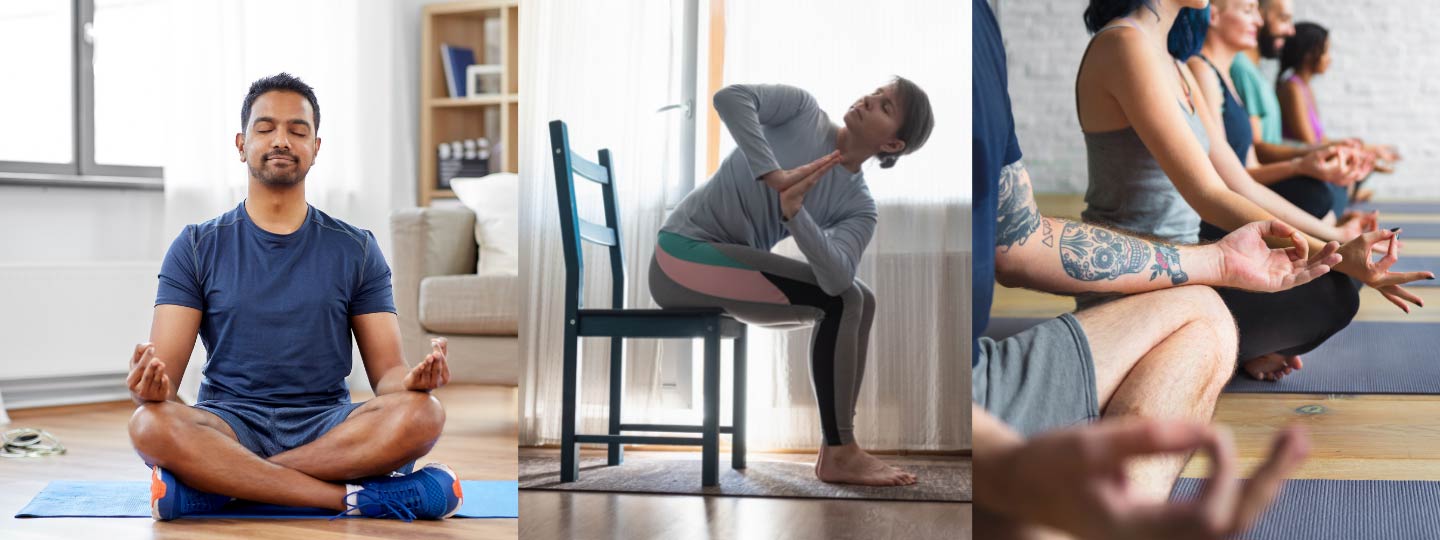Discover the best low-impact exercises for joints that reduce pain, improve mobility, and support long-term health. Learn which workouts protect your knees, hips, and back while keeping. What Is the Best Exercise for Low-Impact on Joints?
Why Low-Impact Matters
When I first started searching for the best low-impact exercise for joints, I was overwhelmed by so many options. My knees often felt sore after running, so I needed workouts that wouldn’t add extra stress. Low-impact exercises are perfect because they protect your joints while still burning calories. Whether you have arthritis, past injuries, or just want gentle movement, these exercises are life-changing for overall health and comfort.
What Does Low-Impact Exercise Mean?
A low-impact exercise is any workout that avoids heavy stress on your knees, hips, or back. These movements reduce pounding and jumping, making them easier for long-term joint health. For example, swimming and cycling provide excellent cardiovascular benefits without strain. I learned that low-impact doesn’t mean “less effective.” In fact, many of these exercises can burn calories, build strength, and improve flexibility just as much as high-impact workouts.

Who Needs Low-Impact Exercise?
At first, I thought low-impact exercises were only for older adults or those with injuries. But I quickly realized everyone benefits from them. If you’re overweight, have arthritis, or sit for long hours at work, low-impact workouts reduce joint stiffness. Athletes also use them for active recovery days. Personally, I enjoy alternating high- and low-impact days so my body stays strong without constant stress. This balance has really improved my endurance.
Benefits of Low-Impact Workouts
The biggest reason I love low-impact workouts is their ability to keep me active without pain. They strengthen muscles that support the joints while improving flexibility. I noticed my posture became better, and I had more energy for daily activities. They’re also great for mental health because movement releases endorphins. Unlike intense exercises that leave me sore, these workouts let me stay consistent, which is the true secret to long-term fitness success.
Best Low-Impact Exercises for Joints
Here are the best low-impact exercises for joints that I’ve found most effective:
- Swimming
- Cycling
- Walking
- Yoga
- Pilates
- Elliptical Training
- Rowing
- Tai Chi
Each of these workouts supports joint health while improving strength and flexibility. In the following sections, I’ll break down each option, explain its benefits, and share tips from my own experience so you can choose the right one for your fitness journey.
Swimming: The Ultimate Joint-Friendly Exercise
I discovered that swimming is the best low-impact exercise for joints because water supports body weight, relieving stress from knees and hips. When I swim laps, I feel resistance that tones muscles without pressure. Even if you don’t swim, water aerobics offers the same benefits. Studies also show it improves cardiovascular health and mobility. Personally, swimming helped me reduce stiffness in my shoulders, making it one of my favorite long-term fitness practices.

Cycling: Gentle Yet Powerful
Cycling quickly became one of my go-to low-impact exercises for knees. Whether I ride outdoors or use a stationary bike, it strengthens my leg muscles without pressure on my joints. I enjoy it most because it combines cardio with lower-body strength. Cycling also boosts endurance and burns calories effectively. The smooth pedaling motion feels natural, and since there’s no impact, I can ride longer without discomfort. It’s excellent for beginners and athletes alike.
Walking: The Simplest Low-Impact Exercise
When people ask me, “What is the best low-impact exercise for beginners?” My first answer is walking. It’s free, accessible, and incredibly effective. I started with 20 minutes a day, and soon my energy levels improved. Walking strengthens bones, improves circulation, and reduces stress without stressing joints. The best part? You can walk anywhere, anytime. Adding brisk walks into my daily routine helped me stay consistent with exercise without overwhelming my body.
Yoga: Flexibility and Strength Without Stress
Practicing yoga for joint health has been one of the best decisions for my body. The slow, controlled movements increase flexibility, improve balance, and strengthen muscles around the joints. I used to think yoga was just stretching, but I quickly learned it’s a full-body workout. Poses like downward dog and warrior pose engage multiple muscle groups. Yoga also reduces stress, helping me relax after busy days. My joints feel looser and more mobile afterward.

Pilates: Core Strength Without Impact
I started Pilates for low-impact training when I wanted to improve my posture and core stability. The exercises focus on controlled movements, making them safe for joints. Pilates strengthens the muscles around my spine, hips, and shoulders, which naturally supports my joints. I noticed my back pain reduced significantly. Since Pilates can be done on a mat or with equipment, it’s versatile for all fitness levels. It’s gentle, yet surprisingly effective in building strength.
Elliptical Training: Smooth Cardio for Joints
The elliptical machine became my lifesaver when running was too harsh on my knees. This low-impact cardio workout mimics walking or running but with fluid motion. My feet never leave the pedals, so there’s no pounding on joints. I use it for cardio days when I want a high calorie burn without pain. It’s also adjustable, allowing me to increase resistance or incline for extra challenge while still protecting my knees and hips.
Rowing: Full-Body Without Impact
Rowing surprised me as one of the most powerful low-impact exercises. It engages almost every muscle group while being joint-friendly. The motion is smooth and controlled, preventing stress on the knees. I felt my back and arms getting stronger after just a few weeks. It also improves cardiovascular fitness while building endurance. Whether on water or using a rowing machine, this workout is excellent for burning calories without harming joints.
Tai Chi: Gentle Flow for Healthy Joints
Tai Chi is a slow, meditative form of exercise that has become increasingly popular for joint health. I first tried it during a wellness retreat, and it completely shifted how I viewed movement. The flowing motions improve balance, strengthen legs, and reduce stiffness. It’s often recommended for arthritis because it’s so gentle. I found that practicing Tai Chi regularly not only helped my flexibility but also calmed my mind, reducing stress significantly.

Comparison Table of Low-Impact Exercises
Here’s a quick comparison of the best low-impact exercises for joints:
| Exercise | Best For | Intensity Level | Equipment Needed |
|---|---|---|---|
| Swimming | Strength and cardio | Moderate-High | Pool |
| Cycling | Legs, cardio | Moderate | Bike/Stationary |
| Walking | Beginners, daily fitness | Low | None |
| Yoga | Flexibility, stress | Low-Moderate | Mat |
| Pilates | Core, posture | Low-Moderate | Mat/Reformer |
| Elliptical | Cardio, endurance | Moderate-High | Machine |
| Rowing | Strength + cardio | Moderate-High | Machine/Boat |
| Tai Chi | Balance, arthritis | Low | None |
Key Takeaways
- The best exercise for low impact on joints depends on your needs and preferences.
- Swimming and cycling are top choices for cardio with minimal stress.
- Yoga and Pilates improve flexibility and strength without impact.
- Walking is the simplest way to start moving daily.
- Low-impact workouts support joint health, reduce pain, and prevent injury.
- Consistency matters more than intensity for long-term benefits.
Quotes on Movement
“Movement is a medicine for creating change in a person’s physical, emotional, and mental states.” – Carol Welch
“Take care of your body. It’s the only place you have to live.” – Jim Rohn
Conclusion
After experimenting with different workouts, I realized that the best exercise for low impact on joints is the one you’ll enjoy and stick with. For me, swimming and cycling are my top picks, but I also love yoga for flexibility. Low-impact doesn’t mean low results—it means sustainable, safe movement. Protecting your joints today ensures long-term health, mobility, and happiness. Start small, stay consistent, and you’ll feel the benefits in every step you take.
